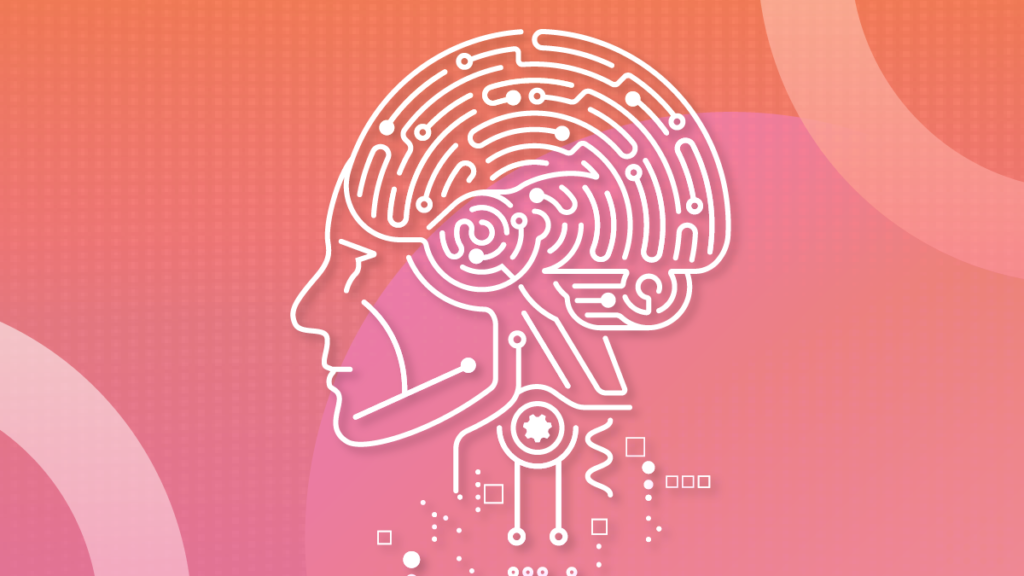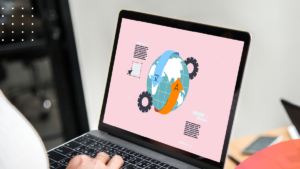Human-Powered Translations: 5 Ways To Use AI for Language Translation in 2026

Artificial Intelligence is here to stay, and language translation is one of the fields experiencing rapid and profound changes. AI tools for translation have become essential to meet the growing demand for fast and accurate translations, propelling the industry forward at an unprecedented pace.
Automatic Machine Translation (MT), Translation Memory (TM), terminology management, and speech recognition are just a few areas where AI is making a significant impact. These advancements are not only improving efficiency, but also providing valuable assistance in managing large volumes of content. How? Keep reading to find out.
Beyond AI: The Human Touch Ensuring Quality and Cultural Relevance
The adoption of AI tools for translation, and their constant and rapid improvement, is making the translation industry faster, more cost-effective, and simpler than ever. However, these tools are not replacing the humans behind the texts; instead, they are helping them keep up with massive workflows and vast amounts of data.
Language is not just a means of communication but a carrier of culture, emotion, and context. Despite AI’s computational speed, it often falls short of capturing the nuances that a skilled human translator can effortlessly convey. This is especially true for idiomatic expressions, cultural references, and context-specific meanings, where the human touch remains indispensable.
Yet, there is a point where the best of both meet, and magic happens. Fast and cost-effective translations that are also culturally relevant and contextually appropriate result from adopting AI as the first step in the translation workflow, later refined by human professionals.
How AI for Language Translation Is Implemented Today
The current approach is machine first, with engines generating the initial drafts. Some well-known MT tools include Google Translate and DeepL, which are intuitive, user-friendly, and offer vast features for free. Many professional translation software, like Smartcat, SDL Trados Studio, and memoQ, are also integrating AI into their workflows. AI has revolutionised Translation Memory (TM) systems, elevating their functionality to new heights. These enhanced TM tools make the translation process more efficient, offering improved segment matching and intelligent suggestions, which simplifies the translator’s work.
AI algorithms embedded within TM systems excel at recognizing patterns and context across vast repositories of translated content. This capability allows them to retrieve and suggest relevant translations swiftly, based on previous translations and linguistic patterns. As a result, translators benefit from reduced repetition of work and increased consistency throughout projects.
#OptimationalTip: Most AI tools let you train them with glossaries and style guides. This “teaching” helps the AI learn your specific terminologies and stylistic preferences, leading to faster, more accurate translations that perfectly match your brand voice.
Despite these advancements, human translators play a crucial role in maintaining and updating TM systems. Their expertise ensures that translations remain culturally nuanced, contextually appropriate, and accurate beyond literal meanings. By integrating AI for language translation as the first step in the workflow, human translators can focus on refining and enhancing the output. This approach ensures the delivery of fast and cost-effective translations while upholding the highest standards of quality and cultural relevance.
5 Ways to Use AI Tools for Translation
1. Optimising Research with ChatGPT, Gemini, and Bing
Integrating AI tools like ChatGPT, Gemini, and Bing into research can enhance efficiency and save hours in the investigation process. These tools streamline data analysis, facilitate real-time collaboration, and automate routine tasks, allowing researchers to focus more on analysis and interpretation.
By leveraging AI in research workflows, teams can accelerate discoveries and foster international collaboration effectively. These tools are also effective as a first instance in the brainstorming process, which does not imply a copy-paste, but a boost of creativity from the language professionals.
2. Enhancing Translation and Writing Tasks with AI
Forget about the writer’s block! Integrating AI tools like Copy.ai, Wordtune, and Grammarly can significantly improve translation and writing tasks.
Begin by using Copy.ai for generating initial drafts or creating marketing copy in multiple languages efficiently. Wordtune enhances writing clarity and style by suggesting improvements and rephrasing sentences, ensuring polished and engaging content. Grammarly serves as a robust grammar and spell checker, helping maintain linguistic accuracy and consistency across written materials.
By leveraging these AI tools strategically, translators and writers can streamline workflows, refine language usage, and ensure high-quality outputs that resonate effectively with global audiences.
3. Voice Translation Services
Voice translation technology is now a practical reality thanks to advancements in AI and deep learning. Today, AI-powered voice translators offer users the ability to translate spoken language in real-time with remarkable accuracy and speed.
These AI tools for translation are particularly invaluable for facilitating multilingual conversations in business meetings, conferences, and everyday interactions. By leveraging AI to process and interpret spoken language, voice translation services not only translate complex sentences and idiomatic expressions but also provide instant transcriptions in both written and audio formats. This dual capability enhances accessibility and inclusivity in global communication, enabling exchanges across diverse linguistic backgrounds.
4. Automatic Subtitle Translation
Translate video AI technologies for automatic subtitle translation represent a significant advancement in multimedia localisation. AI-powered solutions such as Moovly, Subtly, and DeskDub utilise sophisticated algorithms to automatically translate subtitles into multiple languages, facilitating the global dissemination of video content.
Automatic subtitle translation streamlines the localisation process by generating initial translations that can be refined through human review and editing. This hybrid approach combines the efficiency of AI with the nuanced understanding of human translators, ensuring that subtitled content resonates authentically with international audiences.
5. AI-Powered Quality Assurance
AI is revolutionising quality assurance in translation by enhancing accuracy and consistency across multilingual projects. Machine learning algorithms embedded in translation software analyse and compare vast datasets to detect and correct errors in grammar, syntax, and terminology usage.
While AI for language translation enhances the initial draft, human proofreaders and editors play a crucial role in refining and polishing content to ensure cultural relevance and linguistic precision.
This synergy between AI and human expertise not only accelerates project workflows but also elevates the overall quality of translated content. By automating routine tasks and focusing human effort on creative and strategic aspects of translation, AI-powered quality assurance empowers organisations to deliver high-impact communications tailored to global audiences.
Key Considerations in the Use of AI for Language Translation
As automatic machine translation and artificial intelligence take giant leaps forward, here are some key considerations for those looking to leverage this technology:
- AI is another tool available, not an enemy. It is not here to replace our work, but to transform it, improve it and free our time from repetitive tasks to focus it on what makes us unique, our creativity!
- Behind every AI solution, there is also an enormous human effort and constant improvement.
- Implementing AI in the workflow is not enough, we should know which, when, and how to use every tool to make the most of them. Every decision behind an AI prompt has to be taken by a human expert with a great critical eye.
- Everything created with AI needs to be double-checked. This is a rule: not every result is always the best, and not all the information from research is always reliable.
Looking Ahead: Balancing AI Advancements with Human Expertise
While AI-powered tools streamline initial translations and automate repetitive tasks, freeing up human translators to focus on their unique strengths. These strengths include cultural adaptation, contextual understanding, and creative expression, all of which are indispensable for producing nuanced and impactful content. The future of translation lies in harnessing the strengths of AI and human collaboration to meet the evolving demands of a globalised world.
AI’s transformative impact on translation services extends beyond efficiency gains to encompass innovation, accessibility, and strategic advantage in global markets. By embracing AI-powered tools and leveraging human expertise, organisations can confidently navigate linguistic diversity and foster meaningful engagement with international audiences in 2026 and beyond.
Ready to Boost Your Projects With The Power of AI for Language Translation?
Look no further! Contact us today and unlock seamless translation with AI streamlines and human expertise.


